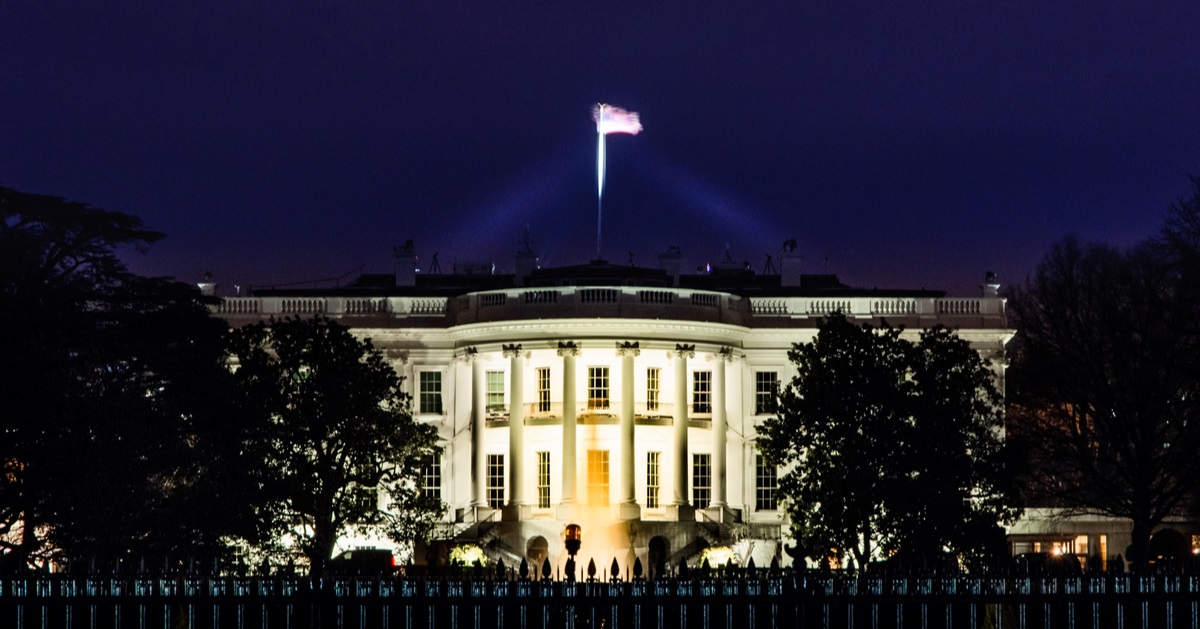Trump authorizes military control over federal lands near southern border
Amid rising concerns over national security, President Donald Trump has directed the U.S. Armed Forces to secure the southern border of the country.
In a decisive move, Trump has declared a national emergency and mandated military operations along the U.S.-Mexico border to safeguard national sovereignty, as Breitbart reports.
This directive follows Proclamation 10886, issued on Jan. 20, citing a national emergency at the southern boundary of the United States. The proclamation, rooted in statute 43 U.S.C. 155, empowers the Department of Defense to use public lands for defense purposes, bypassing previous restrictions under the Engle Act.
Executive actions precede new order
The president's orders detail significant interdepartmental cooperation involving the Departments of Defense, Interior, Agriculture, and Homeland Security. These agencies are tasked with coordinating their efforts to implement this unprecedented defense initiative effectively.
The operational goals are clear -- to repel any invasion attempts and prevent illegal entries into the United States, ensuring the continued integrity and security of the nation. The secretary of Defense has been directed to assume control and utilize federal lands, excluding Federal Indian Reservations, for military operations.
This includes the construction of border barriers and the placement of necessary military equipment, essentially transforming these areas into National Defense Areas.
Federal lands implicated
The secretary of the Interior has granted the Defense Department permission to use parts of the Roosevelt Reservation for this purpose. Additionally, the secretary of Defense is authorized to transfer and assume jurisdiction over relevant lands to facilitate the defense operations.
These measures allow for enhanced security measures, including the fortification of existing military installations along the border. The secretary of Defense has the authority to enact whatever military activities are deemed necessary to achieve these security objectives.
To regulate the operations, the Armed Forces personnel involved in this mission are required to adhere strictly to the rules of engagement as prescribed by the secretary of Defense. This is to maintain discipline and ensure the legality of military actions under this directive.
Defined timeline issued
The initial phase of this military operation is set to begin within 45 days from the issuance of the directive. Trump has emphasized that this timeline is crucial to addressing the security risks promptly.
"Maintain the sovereignty, territorial integrity, and security of the United States," stated Trump, underlining the mission's purpose in his directive. This highlights the administration's commitment to defend the country's borders by all available means.
Moreover, Trump specifically pointed out the necessity of ensuring the safety and security of military and other federal personnel deployed in these sensitive areas. This reflects a comprehensive approach to managing not only the tactical aspects of the deployment but also the welfare of those involved.
Collaboration critical
The coordination between the secretaries of Defense, Interior, Agriculture, and Homeland Security ensures a unified federal response to the threats perceived at the border. This interagency effort is crucial for the success of the mission, leveraging various resources and jurisdictions to enhance border security.
Additionally, the authority given to the Defense secretary to extend military operations to other federal lands along the southern border illustrates the flexibility and broad scope of this initiative. This is indicative of a long-term strategic approach to border management and security.
As the 45-day period for the initiation of military activities approaches, the regions around the southern border are poised to become focal points of national security efforts, underscoring the government's resolve to protect its sovereign boundaries.
Further implications awaited
The utilization of military forces in such a capacity is a demonstration of the government's serious stance on border security. It also raises questions about the long-term presence of military personnel in these areas and the implications for local communities and the environment.
As operations commence and develop, further details about the impacts and effectiveness of this strategy will likely emerge, providing a clearer picture of its outcomes on national security and border integrity.
For now, the focus remains firmly on implementing President Trump's directive efficiently, ensuring that the measures taken are both effective in securing the border and respectful of the laws and rights governing U.S. lands.





